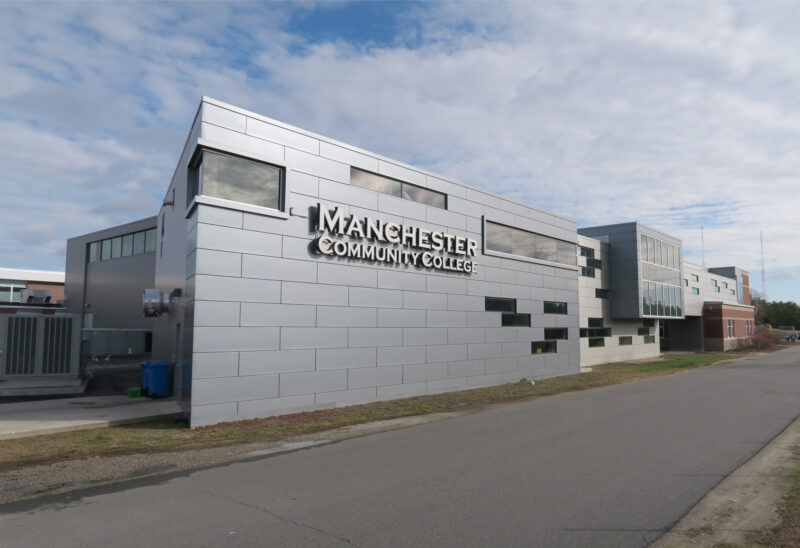A new report from the New Hampshire Center for Nonprofits makes the case that nonprofits are essential to the vitality of New Hampshire communities. The Center for Nonprofits’ CEO Kathleen Reardon talked with the New Hampshire Charitable Foundation’s Lois Shea about the findings.
Lois Shea: The data show that New Hampshire’s charitable nonprofits generate $11 billion in revenue annually, employ 15% of the state’s workforce and pay $4.6 billion in wages. What do you want that data to help people understand?
Kathleen Reardon: We hope it will highlight that a strong nonprofit sector is integral to the state’s vitality. We’ve found that data resonates with people, creating a platform for deeper discussions about how important it is to work together across sectors to foster the quality of life we all treasure.
LS: The report describes how nonprofits have the “flexibility and entrepreneurial capacity to swiftly respond to changes in our community and economic landscape …” What is an example that illustrates that point and how the sector’s response helped solve a problem?
KR: There are so many good examples. One is a partnership developed in Manchester in response to incidences of children witnessing traumatic events, such as domestic violence or overdoses. Amoskeag Health, YWCA NH and the police department formed the Adverse Childhood Experiences Response Teams to help connect children and families with services. The model has received national attention, and is being implemented in Concord and Laconia.
LS: The report also points out that government increasingly partners with nonprofits to deliver services.
KR: The state contracts with nonprofits for a wide range of social services, such as food, shelter and healthcare, as well as services for people with disabilities. There are also partnerships to spur community revitalization and affordable housing. Right now, the city of Laconia is working with the nonprofit Belknap Economic Development Council to redevelop the Colonial Theatre, because they recognize that arts organizations draw people into communities.
LS: The report makes the point that the work of nonprofits — like providing early childhood education, workforce housing, recreational and cultural opportunities — make communities more attractive to business, and make it easier for businesses to recruit and retain workers. From that perspective, investing in nonprofits is not just important for the common good — it is a smart business decision. Is that a perspective that you are seeing catch on among business people?
KR: Businesspeople understand the assets in a community that attract people and understand about the importance of investing in a community. I don’t think people sit back and think, “Nonprofits are creating all of these assets.” That is one of the reasons we created this report. When people think about nonprofits, they tend to think about one nonprofit that they are connected to, or they think about nonprofits as providing services for people who are less fortunate — and that is true — but nonprofits help all of us and make all our communities better. They are part of New Hampshire’s social fabric and economic vitality.
LS: The funding models for nonprofits make it pretty clear that running a nonprofit must be, in many ways, as or more complex than running a for-profit business.
KR: Yes, running a nonprofit is incredibly complex, and often the stakes are incredibly high — people’s lives are at stake sometimes.
One of the things we wanted to highlight is the diversity of funding models. Some nonprofits rely almost exclusively on contributions — like food pantries. A hospital, on the other hand, will get funding on fee-for-service, insurances and grants. There are different combinations of revenue streams for almost every nonprofit and that can mean different skills are needed to put together a sustainable budget.
One of the persistent challenges nonprofits face is that funders don’t always cover the true costs of providing the services. Nonprofits therefore have to fill the gap by doing private fundraising.
Unlike for-profit companies that can often pass on increased costs to consumers, nonprofits frequently need to find complementary revenue streams to cover everything.
LS: We are entering the season most often associated with giving. What would you like people to think about as they plan for giving this season?
KR: Be as generous as you can. Nonprofits rely on the support of their community to do their work. Think about what you appreciate about your community and how a nonprofit is part of supporting that. Understand that nonprofits need funds to support operations — that is really vital to supporting our missions. Providing gifts that can go where the organization sees the most need is really helpful.
This article originally appeared in the November 8, 2019 issue of New Hampshire Business Review as part of the “Greater Giving” series, a partnership between NHBR and the Charitable Foundation that promotes a culture of giving in New Hampshire’s business community. To learn more, contact Richard Peck, vice president for philanthropy at the New Hampshire Charitable Foundation, at 800-464-6641 ext. 265, or at evpuneq.crpx@aups.bet.

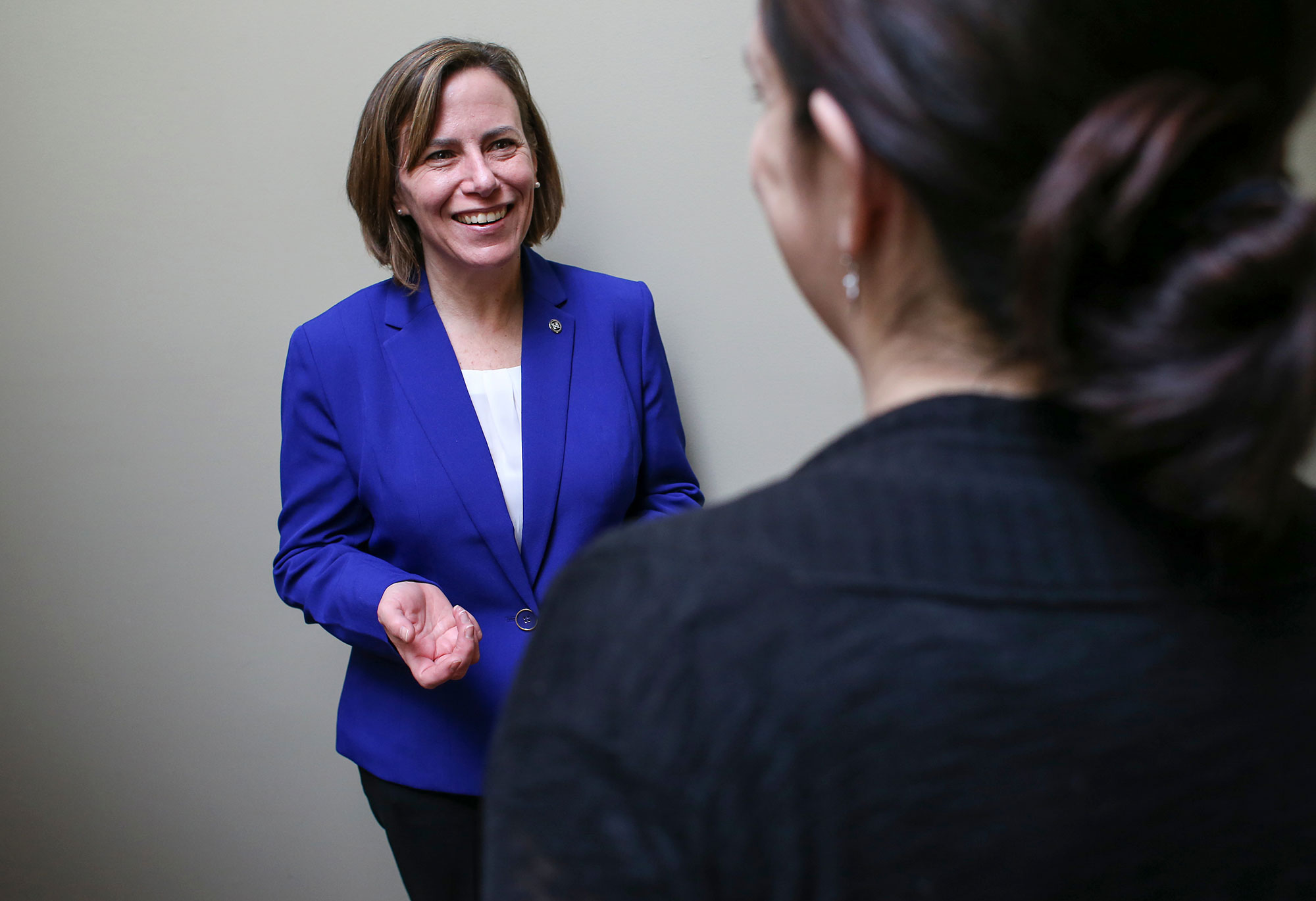






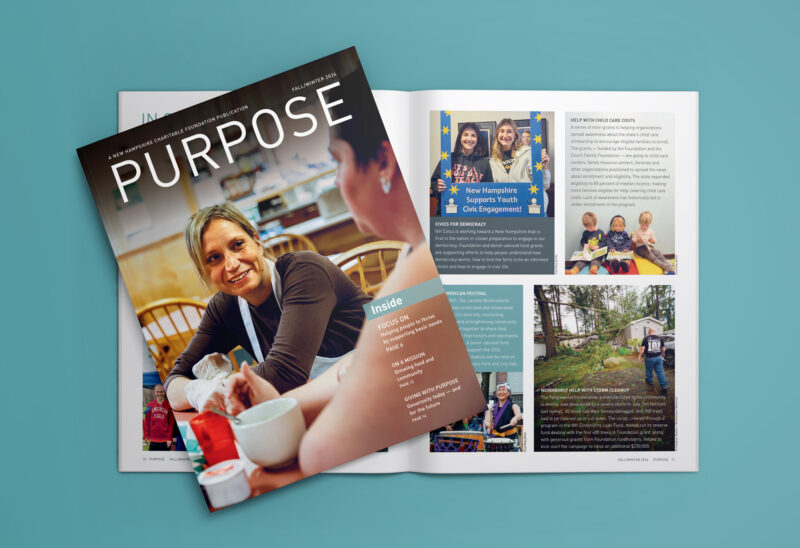

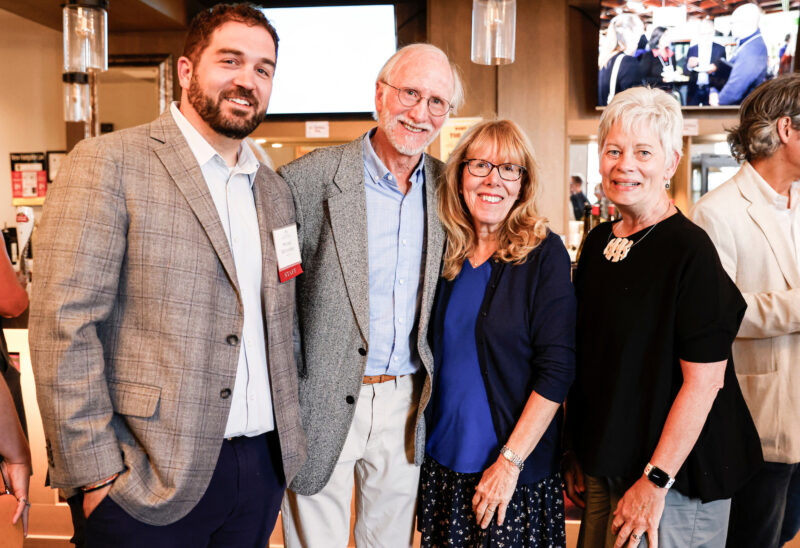
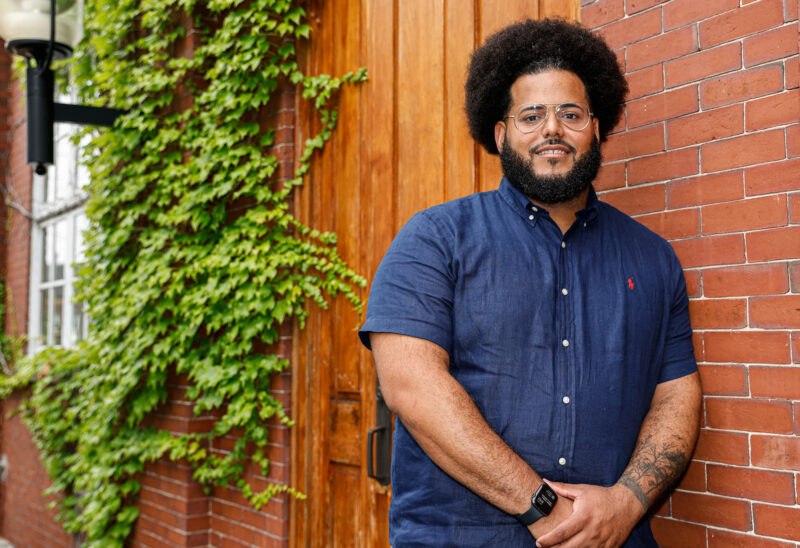

![Rev. Heidi Carrington Heath joined Seacoast Outright. [Photo by Cheryl Senter]](https://www.nhcf.org/wp-content/uploads/2024/05/Heidi-Carrington-Thumbnail-800x548.jpg)
![Dr. Jennie Hennigar treats a patient at the Tamworth Dental Center [Photo by Cheryl Senter]](https://www.nhcf.org/wp-content/uploads/2024/05/TCCAP-Hero-800x548.jpg)

